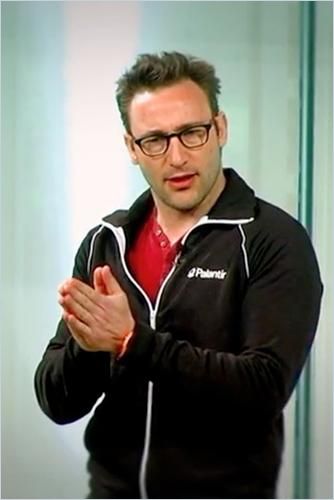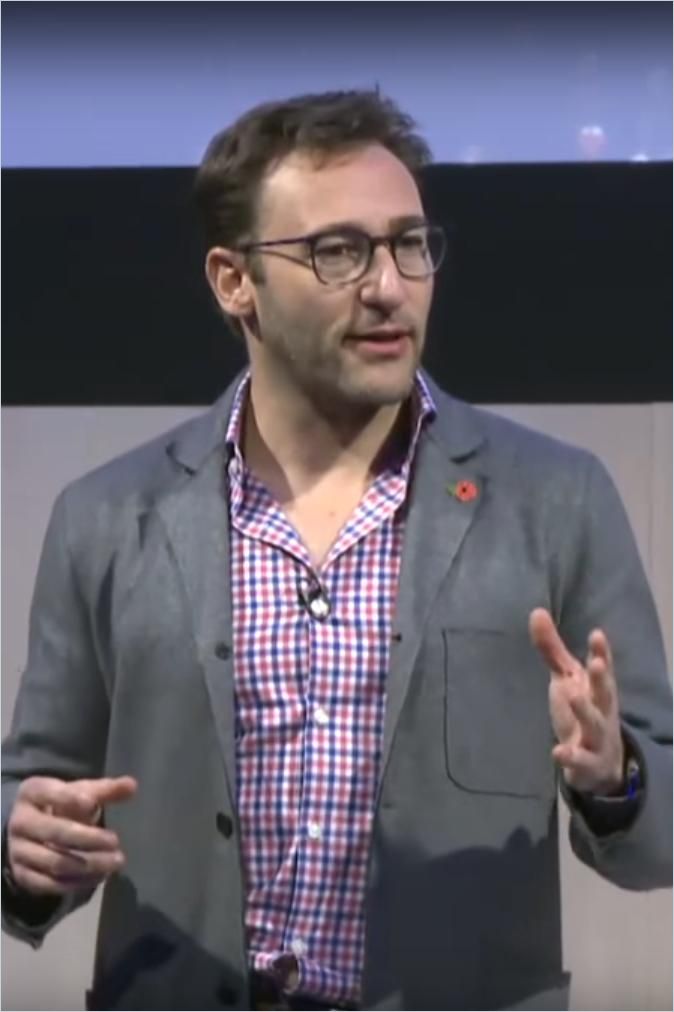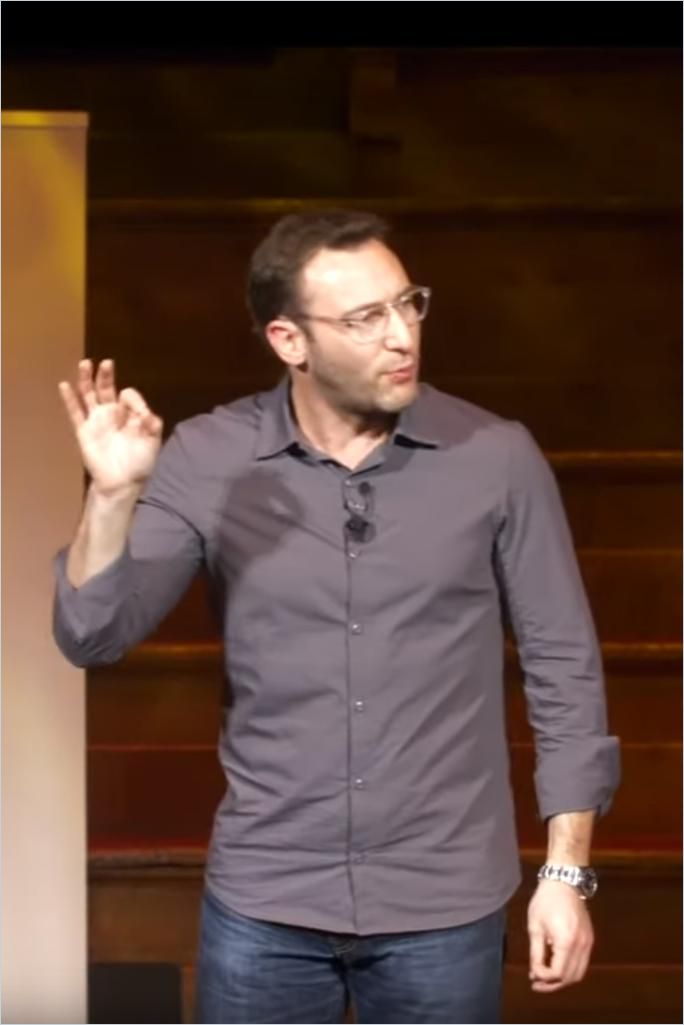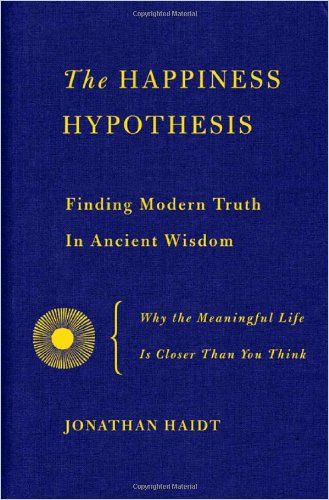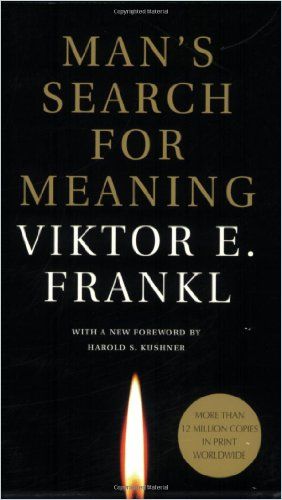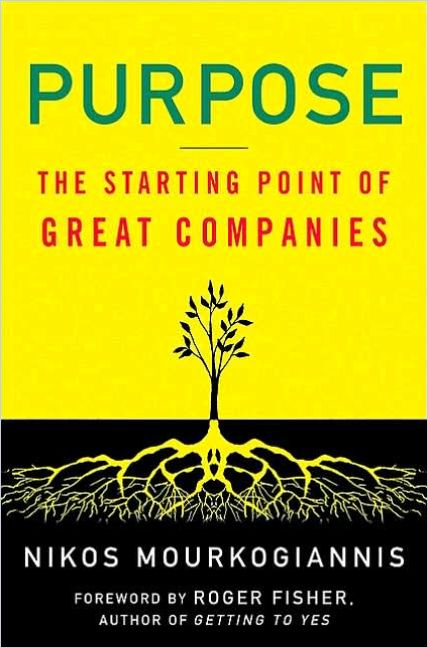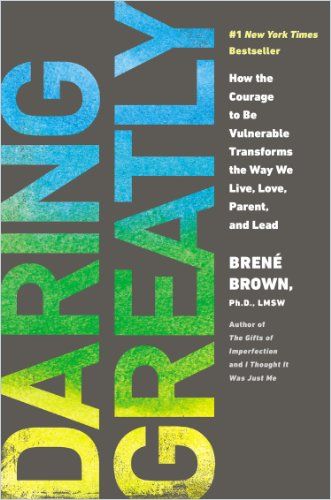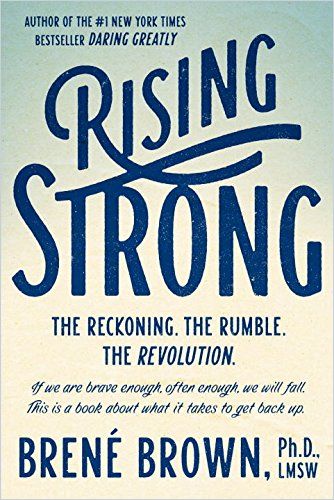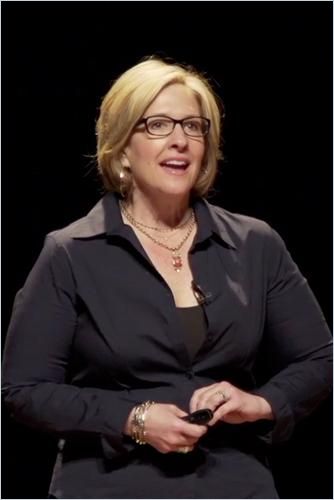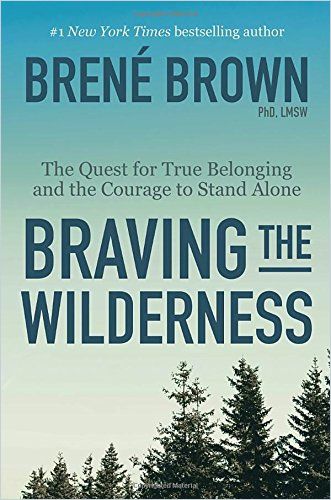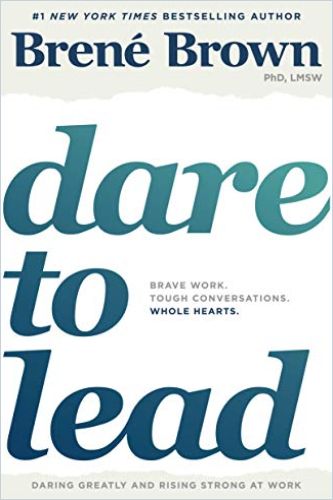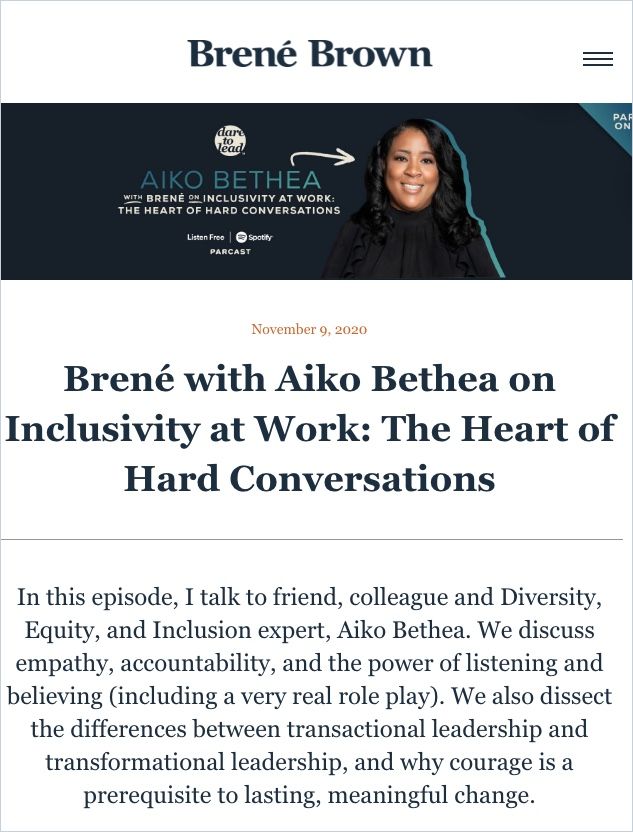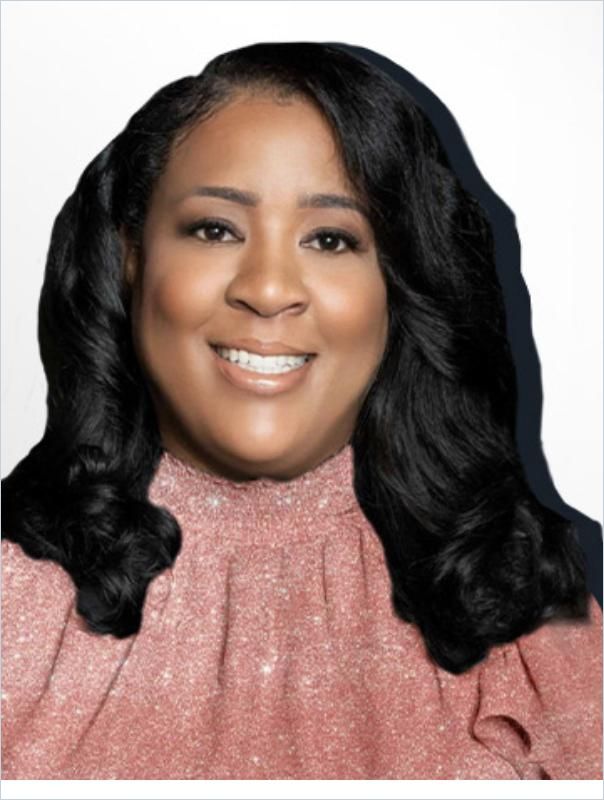Simon Sinek
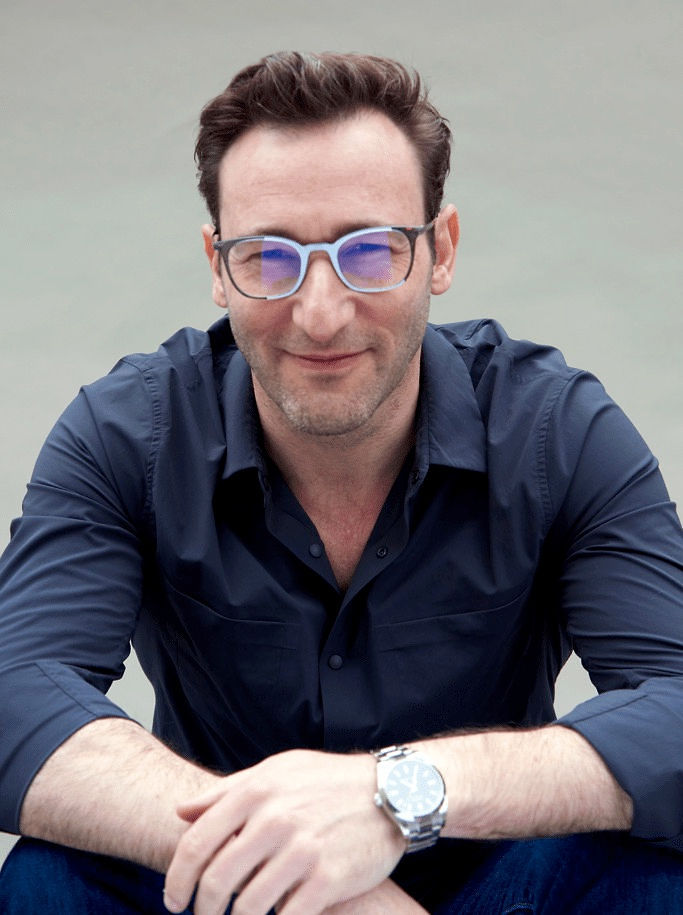
Simon Sinek is a British-American leadership author and speaker. He is the author of five books, including Start with Why and The Infinite Game. Sinek is also an instructor of strategic communications at Columbia University, and is an adjunct staff member of the RAND Corporation.
Sinek became famous for the “Golden Circle” leadership model: It starts with a vision (the “Why”), then moves to implementation (the “How”), and then conquers the product or service (the “What”).
1. Simon Sinek’s Key Findings and Messages
- Successful organizations and leaders ask themselves, Why?–How?–What? in that specific order (while less successful leaders and companies work the other way around by asking, What?–How?–Why?).
- Maintaining a high-trust corporate culture makes good business sense because contented, stress-free employees work longer and harder and with greater enthusiasm.
- Enlightened leaders take responsibility for the people they lead and empower them – making empathy their most important skill.
2. Why Do They Matter?
Simon Sinek’s TED talks are among the most-watched in the world, and the fact that many of the insights he has gained and expressed over the years are now common sense in the business world underscores his status as a “popularizer” of ideas. Sure: Most of them didn’t originate in his own mind, but in the minds of thought leaders of many different spheres – classical, among others – but his ability to retell them and put them in a workplace context has made him a valued leadership guru over the past 20 years.
3. To Understand Simon Sinek’s Work, Start Here
When Sinek gave his first TEDx talk on “How Great Leaders Inspire Action” to a rather small audience in 2009 as a largely unknown speaker, no one could have guessed that the video would be viewed more than 50 million times over the next few years. No wonder: It actually contains everything that distinguished his book Start with Why.
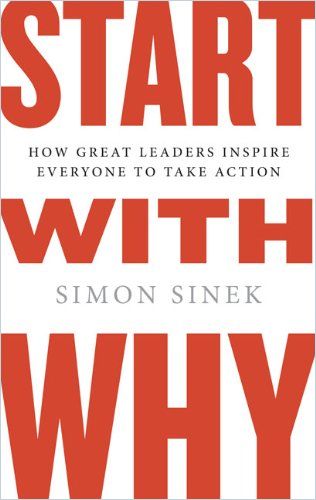
Highlights:
- People don’t buy what you do; people buy why you do it.
- Do business with people who believe what you believe.
- Purpose impacts confidence and output.
4. Practical and Quick Insight: Simon Sinek’s Talks
Sinek’s appearances at business events are countless. But when it comes to his core topics of purpose, fulfillment management and leadership skills, there are two clear favorites. Here are their summaries – and highlights:
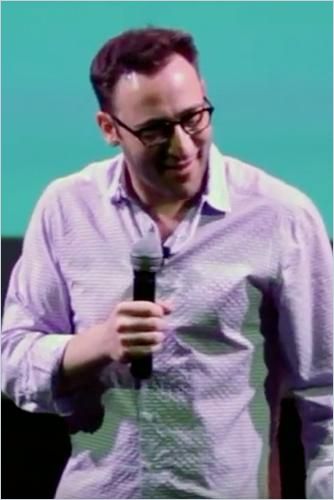
- Companies that fail to support their employees leave them unfulfilled and apathetic. As a result, employees’ health, sense of belonging and work quality suffer.
- A leader’s role is to nurture employee self-confidence, not to criticize or enforce demands or deadlines.
- Place employees in scenarios where it’s OK to fail, show them their own value and talent, equip them with education and skills, and support them when they stumble.
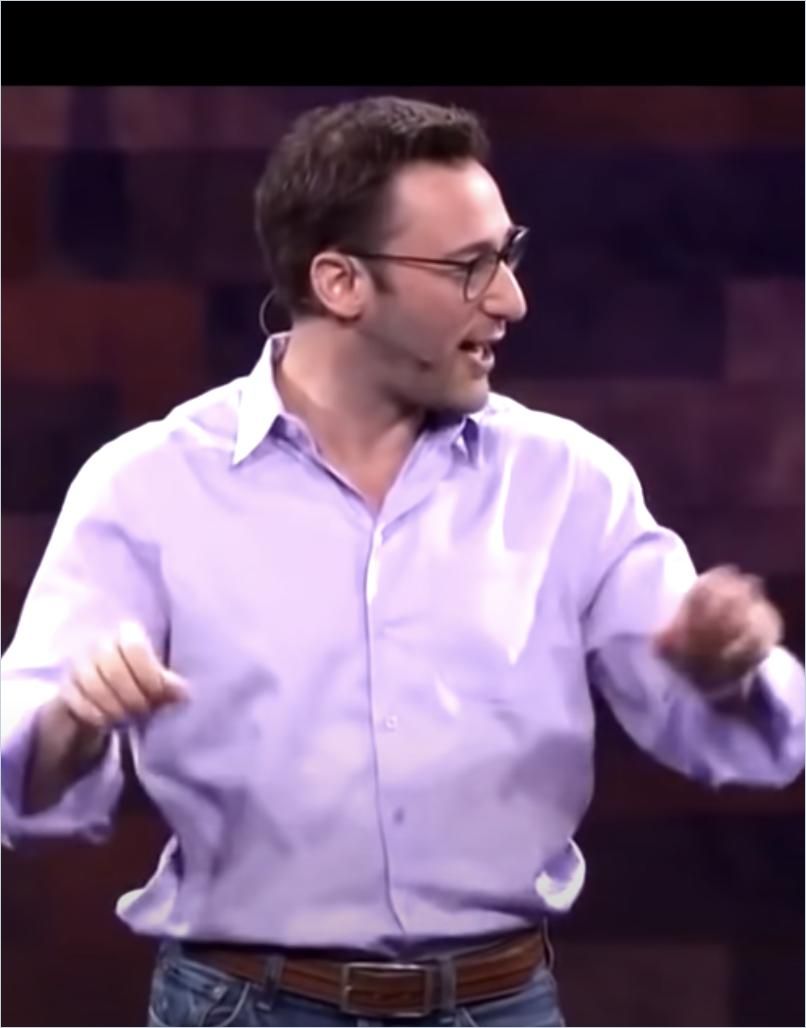
- Leaders’ core responsibility is to take care of their employees.
- Leadership is a trainable skill: Everyone can be a leader, but not everybody is willing to make the sacrifices that leadership entails.
- Leaders must create an environment that allows employees to thrive.
- Public companies’ fixation on the bottom line is detrimental to employee performance.
Great leaders are not responsible for the job. They’re responsible for the people who are responsible for the job.
Simon Sinek
If you’re especially interested in Sinek’s take on Socrates, the millennial generation or his latest idea – The Infinite Game – you’ll find more short summaries on the topic in our reading list.
Companies with a clear sense of Why…ignore their competition, whereas those with a fuzzy sense of Why are obsessed with what others are doing.
Simon Sinek
5. Evaluate the Details: Simon Sinek’s Books
Sinek’s bestsellers – like Start with Why or Leaders Eat Last – dive deeper into the subject matter already summarized above, and because of their easy accessibility and the examples they use, Sinek has managed to shape the more business-savvy dinner-table conversations of an entire decade. Want to have your say? Then take a closer look:

- Inspirational leaders start by identifying their purpose, cause or vision.
- They follow the concentric rings of the “Golden Circle” from the inside out.
- “Why” stems from your core purpose, the reason “you get out of bed in the morning.”
- Your “How” explains the ways your product or service is unique and desirable.
- Your “What” defines the obvious aspects of your product or position with your firm.
- Find out more.
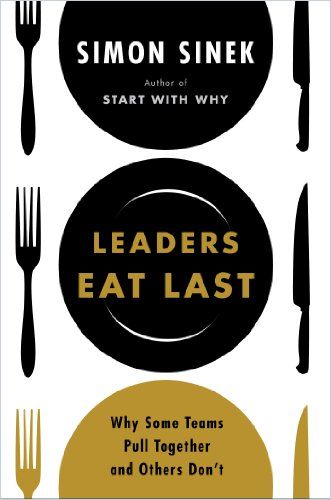
- Many corporate titans put their own interests first, costing their companies money and credibility.
- Firms that place shareholder value above protecting their people undermine an invaluable internal resource: trust.
- When people collaborate to reach a goal their brains release a feel-good chemical – oxytocin. It makes people more productive and resilient.
- On the other hand, in an environment of distrust, the brain releases cortisol, a stress chemical associated with responding to danger. In the long run, this makes people sick and stifles collaboration, inspiration, curiosity and common goals.
You want to follow Sinek’s advice quickly and easily – in private or with your team? He won’t leave you to do it alone; his bestseller Find Your Why will help you.
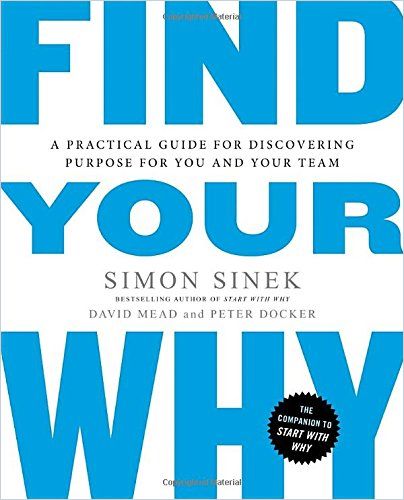
Highlights:
- Don’t confuse fulfillment with happiness. Happiness comes and goes. Fulfillment persists.
- No one can find his or her true Why alone! Enlist a trusted person (or group) to listen to your stories and ask you probing questions.
- To find your Why in a team, the authors suggest telling stories about formative events in your life, documenting them, and finding their common threads and themes.
- The most critical, crucial theme will stand out and provide your Why.
- Learn more…
Sinek’s most poetic work yet, Together Is Better, is particularly challenging. In this feast for the senses – including charming illustrations by Ethan M. Aldridge – he “celebrates the power of having courage, acting on your dreams, succeeding through teamwork and practicing servant leadership.”

Highlights:
- Pay attention to what your heart tells you and find courage by vesting less in your ego.
- Do not accept anything less than career and life fulfillment.
- Spurn bad leaders and hostile work conditions by leading change or leaving to find a better place.
- To move forward, you must have a vision, not just a sense of what you oppose.
- Find the fortitude that comes with knowing what you want.
- An uplifting vision of your future will inspire you to reach your goals.
- View setbacks as necessary steps toward longer-term goals.
- Take responsibility for the well-being of those who report to you.
- Always prioritize their needs and success ahead of your own.
There are only two ways to influence human behavior: You can manipulate it, or you can inspire it.
Simon Sinek
6. Additional Resources by Topic
- Purpose – The question “Why?” to identify a meaning or a purpose in what we do in our lives is older than Sinek, in fact as old as humanity. And unfortunately, life isn’t as smooth and pleasant as it sometimes sounds here. Find out more about how to find purpose when challenges are thrown your way in our reading list.
- Generation gaps – Still interested in Sinek’s ideas on millennials? In short, he believes that employers must strive to understand the context in which the younger generation grew up: Millennials’ parents constantly praised and rewarded their children, which produced a generation of kids with stunted social skills and low self-esteem. Furthermore, exposure to technology and social media has triggered millennials’ need for instant gratification and a higher propensity toward addiction and depression. But only outmoded management philosophies that prioritize profits over employees exacerbate millennials’ feelings of insecurity.
- The “stupidest” person in the room – The only way to get rid of this feeling is to ask questions, says Sinek. Those who don’t ask questions remain “stupid”:
- Never be “nervous” again – The reason many people are bad at dealing with “nervousness” is that they overdramatize the feeling. Instead, think about nervousness like Olympians: Higher heart rate, clammy palms? Those are signs of positive excitement, of focus before the opening gun at a competition! (This is called the Schachter-Singer appraisal of emotion in psychology, which originated in 1962. Find out more here.)
- The art of listening – There is an act of listening, and an art of listening, says Sinek. When it comes to leadership, it’s the latter that matters most. And the core of it is that the other person you listen to – act – feels heard – art. Find out more about the topic here.
- Start with “Who” instead? – Simon Sinek’s ideas on starting with “Why?” have been challenged over and over again. For example, Ken Krogue points out that a “Who?” approach makes much more sense, especially when it comes to selling something.
- Start with “What? instead? – Even Sinek seems uncertain about his theory sometimes. At least when you’re looking for your “Why?” with others by asking them, “Why, specifically, are you my friend?” he suggests asking buddies (not siblings or spouses) “What?” instead of “Why?” But… well, why? Because the “Why?” question sometimes is too emotional and at the same time too unfocused. In such cases, a “What?” suits the conversation better. For example, “What is it specifically that makes you a friend of mine?” Going forward, Sinek says, don’t accept excuses – until you get an answer that gives you goose bumps. That’s, finally, your “Why.”
- Authors who have similar ideas and represent the same values:
An infinite mind-set is…a code for the idealists to operate in a world that is telling us we should be realistic.
Simon Sinek
7. Deep Dive: Empathy and Purpose in the Workplace
Find out more about Simon Sinek’s main topics in our related Journal articles:
About Our Thought Leader Profiles
Biographies can be found on Wikipedia. What you find here are instant practical insights into the thinking of important contemporaries – with handy references to the summaries of their works at getAbstract, of course.
